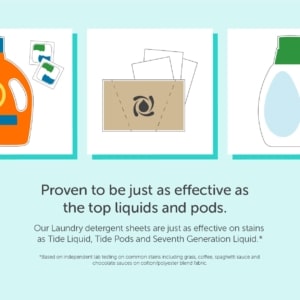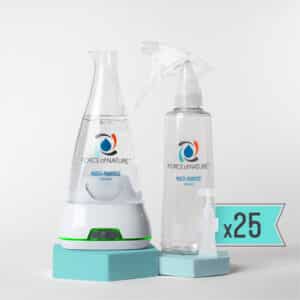
What are PEG compounds?
PEG’s or polyethylene glycols are petroleum-based compounds used in cosmetics and personal care products to help keep ingredients stable and enhance the penetration of other active ingredients. PEGs are typically followed by a number indicating how many units of ethylene glycol they contain, for example PEG-4 or PEG-100; the lower the number, the more easily the compound is absorbed into skin.
What products are PEG compounds in
PEG’s can be found in a variety of personal care products and cosmetics as cream bases. They are also used in the pharmaceutical industry as laxatives [1].
How to tell if a product has PEG compounds
PEG compounds may also appear on products labels simply as “PEG”, but they’re not one single ingredient. Rather PEG’s are a class of ethylene glycol polymers that are sometimes listed as ceteareth or polyethylene compounds [1].
Risks associated with PEG compounds
PEG’s are synthetic chemicals that may be contaminated by the presence of 1,4-dioxane, a chemical that the U.S. government has identified as a probable human carcinogen [1] [3] [2]. Exposure to PEG’s and trace amounts of 1,4-dioxne can lead to a number of health concerns including:
- Damage to the nasal cavity
- Liver damage
- Kidney damage
- Death [3]
How to avoid PEG compounds
Read ingredient labels to identify products containing PEG compounds and avoid products containing ethylene glycol polymers, PEG, or ceteareth. In personal care and cosmetic products, do your own research on a product’s ingredients by using a resource such as the Environmental Working Group’s Skin Deep product database.
References:
[1] EWG’s Skin Deep Cosmetics Database (2007-2016). Top tips for safer products. Available online: http://www.ewg.org/skindeep/top-tips-for-safer-products/ December 8, 2016.
[2]. Healthy Child Healthy World (2013). The Toxic Takeover of Baby Nurseries: Chemicals of Concern Found in Almost Every Common Product and Furnishing. Available online: http://healthychild.org/assets/toxic-takeover-of-baby-nurseries.pdf December 8, 2016.
[3] Agency for Toxic Substances and Disease Registry (2007). ToxFAQ’s for 1,4-Dioxane. Available online: https://www.atsdr.cdc.gov/toxfaqs/tf.asp?id=954&tid=199 December 8, 2016.



